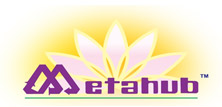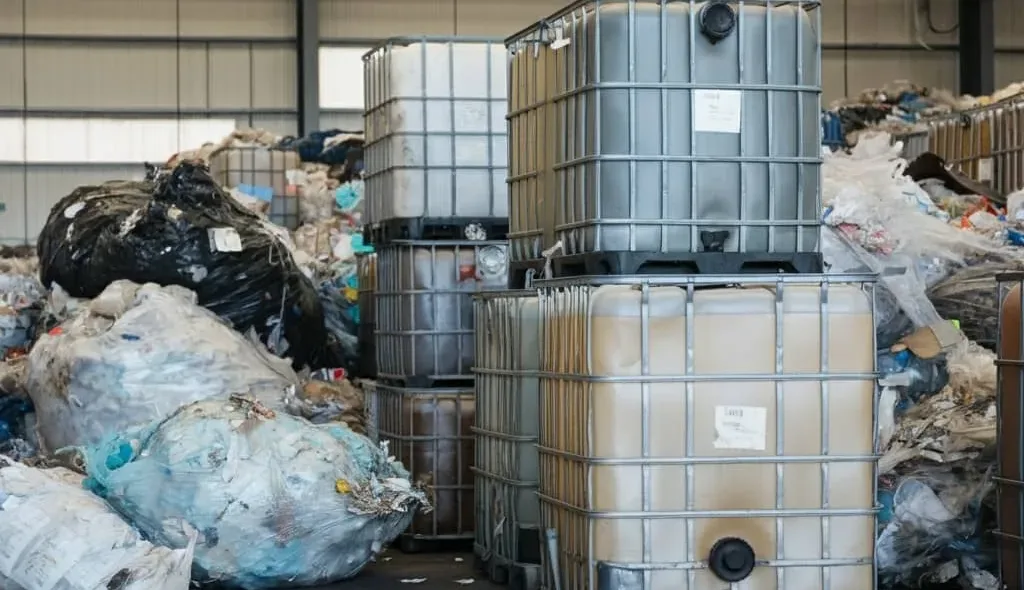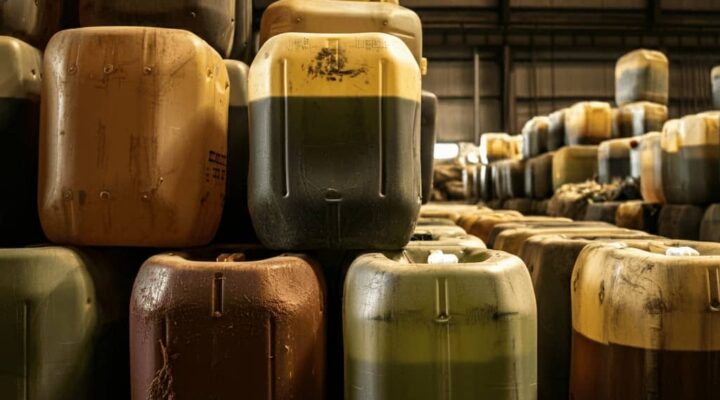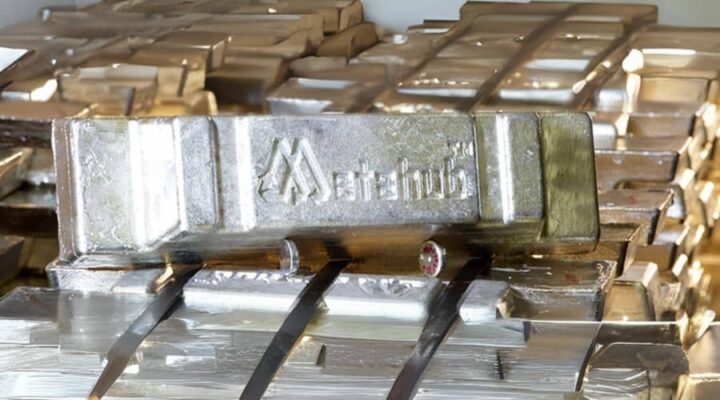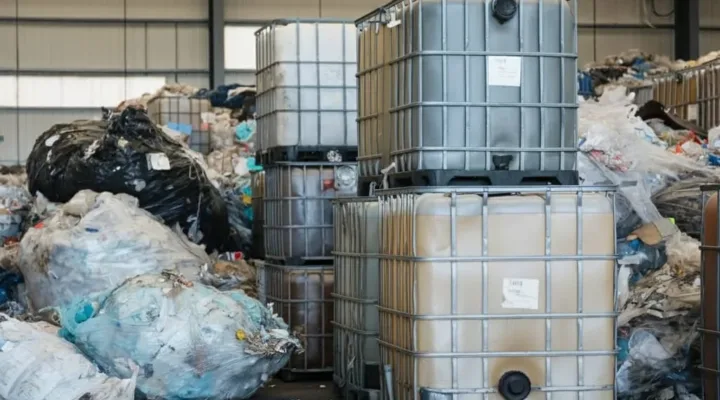Proper scheduled waste disposal is a critical aspect of environmental protection and compliance with regulations in Malaysia. Scheduled waste, which includes hazardous materials generated from various industries, requires special handling to prevent harm to public health and the environment. In this guide, we’ll walk through the essential steps of disposing of scheduled waste in Malaysia, from classification to compliance with national laws, and why partnering with a licensed waste management company like Metahub is essential for compliance and peace of mind.
What is Scheduled Waste in Malaysia?
In Malaysia, the disposal of scheduled waste is strictly regulated under the Environmental Quality Act 1974 and the Scheduled Wastes Regulations 2005. These regulations, enforced by the Department of Environment (DOE), outline the legal requirements for managing, storing, transporting, and disposing of hazardous waste.
According to the Environmental Quality (Scheduled Wastes) Regulations 2005, scheduled waste refers to any waste listed under the First Schedule of the regulations. These are typically hazardous materials that require special handling, treatment, and disposal methods to avoid harm to humans and the environment. This waste can come from various industries, including manufacturing, chemical processing, and electronics.
List of Scheduled Waste Codes
| SW Code | Waste Type |
|---|---|
| SW1 Series | Metal and Metal-Bearing Waste |
| SW101 | Waste containing arsenic or its compounds. |
| SW102 | Waste of lead acid batteries in whole or crushed form. |
| SW103 | Waste of batteries containing cadmium and nickel or mercury or lithium. |
| SW104 | Dust, slag, dross or ash containing arsenic, mercury, lead, cadmium, chromium, nickel, copper, vanadium, beryllium, antimony, tellurium, thallium or selenium excluding slag from iron and steel factory. |
| SW105 | Galvanic sludges. |
| SW106 | Residues from recovery of acid pickling liquor. |
| SW107 | Slags from copper processing for further processing or refining containing arsenic, lead or cadmium. |
| SW108 | Leaching residues from zinc processing in dust and sludges form. |
| SW109 | Waste containing mercury or its compound. |
| SW110 | Waste from electrical and electronic assemblies containing components such as accumulators, mercury-switches, glass from cathode-ray tubes and other activated glass or polychlorinated biphenyl-capacitors, or contaminated with cadmium, mercury, lead, nickel, chromium, copper, lithium, silver, mangane. |
| SW2 Series | Wastes containing principally inorganic constituents |
| SW201 | Asbestos wastes in sludges, dust or fibre forms. |
| SW202 | Waste catalysts. |
| SW203 | Immobilized scheduled wastes including chemically fixed, encapsulated, solidified or stabilized sludges. |
| SW204 | Sludges containing one or several metals including chromium, copper, nickel, zinc, lead, cadmium, aluminium, tin, vanadium and beryllium. |
| SW205 | Waste gypsum arising from chemical industry or power plant. |
| SW206 | Spent inorganic acids. |
| SW207 | Sludges containing fluoride. |
| SW3 Series | Waste containing principally organic constituents |
| SW301 | Spent organic acids with pH less or equal to 2 which are corrosive or hazardous. |
| SW302 | Flux waste containing mixture of organic acids, solvents or compounds of ammonium chloride. |
| SW303 | Adhesive or glue waste containing organic solvents excluding solid polymeric materials. |
| SW304 | Press cake from pretreatment of glycerol soap lye. |
| SW305 | Spent lubricating oil. |
| SW306 | Spent hydraulic oil. |
| SW307 | Spent mineral oil-water emulsion. |
| SW308 | Oil tanker sludges. |
| SW309 | Oil-water mixture such as ballast water. |
| SW310 | Sludge from mineral oil storage tank. |
| SW311 | Waste oil or oily sludge. |
| SW312 | Oily residue from automotive workshop, service station, oil or grease interceptor. |
| SW313 | Oil contaminated earth from re-refining of used lubricating oil. |
| SW314 | Oil or sludge from oil refinery plant maintenance operation. |
| SW315 | Tar or tarry residues from oil refinery or petrochemical plant. |
| SW316 | Acid sludge. |
| SW317 | Spent organometallic compounds including tetraethyl lead, tetramethyl lead and organotin compounds. |
| SW318 | Waste, substances and articles containing or contaminated with polychlorinated biphenyls (PCB) or polychlorinated triphenyls (PCT). |
| SW319 | Waste of phenols or phenol compounds including chlorophenol in the form of liquids or sludges. |
| SW320 | Waste containing formaldehyde. |
| SW321 | Rubber or latex wastes or sludge containing organic solvents or heavy metals. |
| SW322 | Waste of non-halogenated organic solvents. |
| SW323 | Waste of halogenated organic solvents. |
| SW324 | Waste of halogenated or unhalogenated non-aqueous distillation residues arising from organic solvents recovery process. |
| SW325 | Uncured resin waste containing organic solvents or heavy metals including epoxy resin and phenolic resin. |
| SW326 | Waste of organic phosphorus compound. |
| SW327 | Waste of thermal fluids (heat transfer) such as ethylene glycol. |
| SW4 Series | Waste which may contain either inorganic or organic constituents |
| SW401 | Spent alkalis containing heavy metals. |
| SW402 | Spent alkalis with pH more or equal to 11.5 which are corrosive or hazardous. |
| SW403 | Discarded drugs containing psychotropic substances or containing substances that are toxic, harmful, carcinogenic, mutagenic or teratogenic. |
| SW404 | Pathogenic wastes, clinical wastes or quarantined materials. |
| SW405 | Waste arising from the preparation and production of pharmaceutical product. |
| SW406 | Clinker, slag and ashes from scheduled wastes incinerator. |
| SW407 | Waste containing dioxins or furans. |
| SW408 | Contaminated soil, debris or matter resulting from cleaning-up of a spill of chemical, mineral oil or scheduled wastes. |
| SW409 | Disposed containers, bags or equipment contaminated with chemicals, pesticides, mineral oil or scheduled wastes. |
| SW410 | Rags, plastics, papers or filters contaminated with scheduled wastes. |
| SW411 | Spent activated carbon excluding carbon from the treatment of potable water and processes of the food industry and vitamin production. |
| SW412 | Sludges containing cyanide. |
| SW413 | Spent salt containing cyanide. |
| SW414 | Spent aqueous alkaline solution containing cyanide. |
| SW415 | Spent quenching oils containing cyanides. |
| SW416 | Sludges of inks, paints, pigments, lacquer, dye or varnish. |
| SW417 | Waste of inks, paints, pigments, lacquer, dye or varnish. |
| SW418 | Discarded or off-specification inks, paints, pigments, lacquer, dye or varnish products containing organic solvent. |
| SW419 | Spent di-isocyanates and residues of isocyanate compounds excluding solid polymeric material from foam manufacturing process. |
| SW420 | Leachate from scheduled waste landfill. |
| SW421 | A mixture of scheduled wastes. |
| SW422 | A mixture of scheduled and non-scheduled wastes. |
| SW423 | Spent processing solution, discarded photographic chemicals or discarded photographic wastes. |
| SW424 | Spent oxidizing agent. |
| SW425 | Wastes from the production, formulation, trade or use of pesticides, herbicides or biocides. |
| SW426 | Off-specification products from the production, formulation, trade or use of pesticides, herbicides or biocides. |
| SW427 | Mineral sludges including calcium hydroxide sludges, phosphating sludges, calcium sulphite sludges and carbonates sludges. |
| SW428 | Wastes from wood preserving operation using inorganic salts containing copper, chromium or arsenic of fluoride compounds or using compound containing chlorinated phenol or creosote. |
| SW429 | Chemicals that are discarded or off-specification. |
| SW430 | Obsolete laboratory chemicals. |
| SW431 | Waste from manufacturing or processing or use of explosives. |
| SW432 | Waste containing, consisting of or contaminated with, peroxides. |
| SW5 Series | Other wastes |
| SW501 | Any residues from treatment or recovery of scheduled wastes. |
It’s essential to correctly identify and classify scheduled waste to ensure it is managed and disposed of safely. Misclassification can lead to environmental harm and regulatory penalties.
Steps for Proper Scheduled Waste Disposal
Step 1: Identification and Classification
The first and most crucial step in the disposal process is correctly identifying and classifying the waste your business generates. Malaysia’s Environmental Quality (Scheduled Wastes) Regulations 2005 provide clear guidelines on how to classify different types of hazardous waste. Scheduled waste is organized into categories like SW110, SW206, and SW401, depending on the nature of the waste materials involved.
Proper classification helps ensure that the waste is handled, transported, and disposed of according to the correct protocols. Misclassification can result in incorrect handling, leading to environmental damage and legal penalties. To assist in this process, businesses can consult experts or use resources like the Department of Environment (DOE) guidelines for scheduled waste classification.
Step 2: Labeling and Storage
Once scheduled waste has been classified, it must be safely stored until it is ready for transport or disposal. Storage of hazardous waste in Malaysia requires:
- Corrosion-resistant, clearly labeled containers to prevent leaks or spills.
- Segregation of different types of waste to avoid reactions between incompatible materials.
- Well-ventilated, secure storage areas that are monitored regularly to prevent accidents.
Storage facilities must also keep a log of all waste generated and stored. This documentation is necessary to track the waste from its point of origin to its final disposal and is vital for regulatory compliance.
Step 3: Transportation of Waste
The transportation of scheduled waste is another key component of safe disposal. Scheduled waste in Malaysia must be transported by licensed waste transporters who are certified by the DOE to handle hazardous materials. These transporters ensure that the waste is securely packaged and labeled, and that all relevant documentation is in place.
Businesses are required to maintain records of the waste’s movement from their premises to the disposal facility, and the Electronic Scheduled Waste Information System (eSWIS) is used to track and report this movement.
Step 4: Treatment and Disposal Options
After the waste is safely transported, it must be treated or disposed of in an environmentally sound manner. There are several treatment and disposal methods used in Malaysia, depending on the type of scheduled waste:
- Certified treatment facilities: Hazardous waste, such as SW110 or SW206, is sent to certified facilities where it undergoes processes like neutralization, incineration, or recycling.
- Recycling and recovery: Some types of waste, like metals from electronic waste or acids from manufacturing processes, can be recovered and reused, reducing the environmental impact and cost of disposal.
- Landfilling: In cases where recycling or treatment isn’t viable, waste may be disposed of in secure landfills designed to contain hazardous materials and prevent contamination.
Step 5: Documentation and Reporting
Proper documentation is crucial for businesses handling scheduled waste. Malaysia’s regulations require companies to maintain detailed records of waste generation, storage, transportation, and disposal. The eSWIS system is used to report this information to the DOE. Failure to maintain or submit accurate records can lead to fines or other penalties.
Keeping a clear paper trail ensures transparency in the disposal process and protects businesses in the event of an audit.
Penalties for Improper Disposal
Failing to comply with scheduled waste disposal regulations can have serious consequences. Businesses that do not properly handle and dispose of hazardous waste may face:
- Fines and legal action: According to the Section 34B of the Act, any non-compliance with Malaysia’s environmental regulations can lead to fines of up to RM500,000 and/or imprisonment for a period up to 5 years.
- Environmental damage: Improper disposal can cause long-term damage to water sources, soil, and ecosystems, leading to additional liabilities for businesses.
- Reputational harm: Companies that fail to manage their waste responsibly risk damage to their reputation, which can affect customer relationships and future business opportunities.
Benefits of Partnering with a Licensed Waste Management Company
There are several key benefits to working with a licensed waste management company for your scheduled waste disposal:
- Compliance: Ensuring your business complies with Malaysian waste regulations.
- Cost-Effective Solutions: Professional waste management companies offer cost-effective and efficient disposal solutions.
- Environmental Protection: Reducing your environmental footprint by using advanced recycling and recovery technologies.
- Expertise: Access to industry expertise to ensure that all waste is correctly identified/classified and handle hazardous and non-hazardous waste safely.
Why Choose Metahub as Your Scheduled Waste Management Partner?
Metahub is a licensed waste management company in Malaysia specializing in scheduled waste disposal. We provide customized waste solutions for industries like automotive, manufacturing, and chemical production. With our expertise in handling wastes like SW110, SW206, and SW401, we ensure your business stays compliant while minimizing environmental impact. To explore the full list of approved scheduled wastes we manage, visit Our Services page for more details on how we can assist your business.
Our Key Advantages
- Licensed to handle a wide range of scheduled wastes
- State-of-the-art facilities for waste recovery and recycling
- Proven track record with more than 19 years of experience and businesses in various industries
- End-to-end waste management solutions
Conclusion
Disposing of scheduled waste in Malaysia is a critical process that requires strict adherence to legal and environmental guidelines. Partnering with a licensed waste management company like Metahub ensures compliance, reduces risk, and helps protect the environment. With our comprehensive solutions, your business can focus on its core operations while we handle your waste management needs.
Don’t wait until it’s too late. Get in touch with Metahub today to understand how our licensed waste management solutions can help your business meet its scheduled waste disposal obligations. Contact us for a consultation and let’s ensure your waste is managed responsibly and legally.
